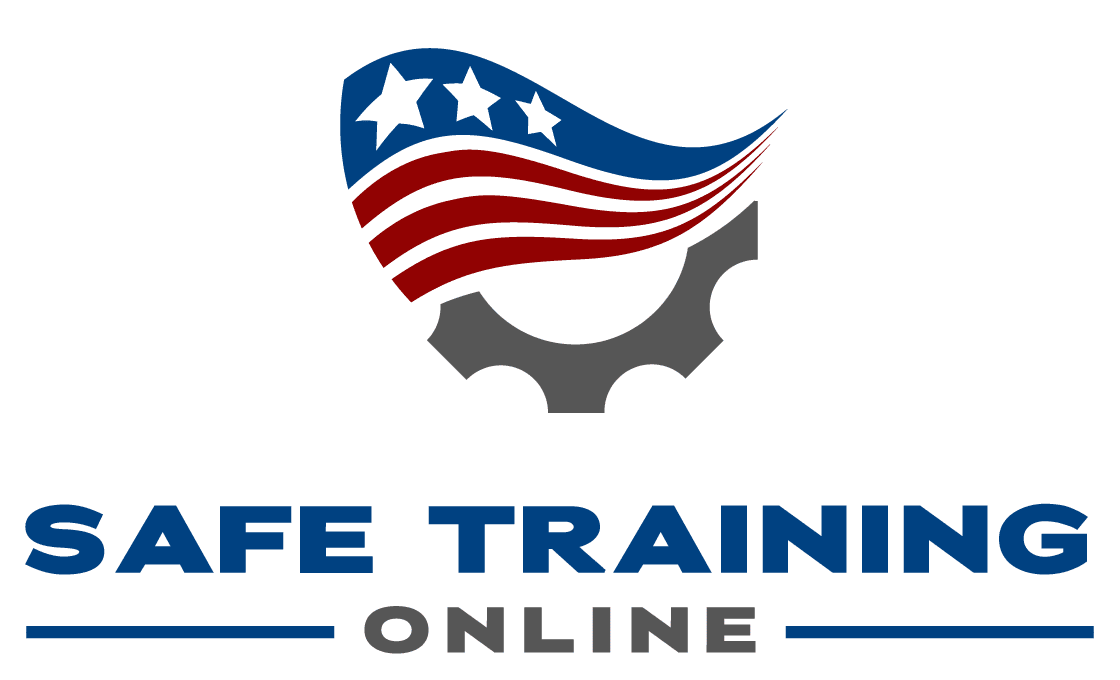Tick Safety and Lyme Disease Prevention
Tick safety and Lyme disease prevention are vital public health concerns in the United States, especially in regions where ticks are widespread, such as the Northeast, Midwest, and parts of the Pacific Northwest. With thousands of Lyme disease cases reported annually, it is essential for individuals, outdoor workers, and recreational enthusiasts to understand how to protect themselves.
Why Tick Safety Training and Prevention Matters:
1. Rising Lyme Disease Cases
Lyme disease is the most common vector-borne disease in the U.S., primarily spread by blacklegged ticks (Ixodes scapularis). It can lead to serious health issues if not detected and treated early, including:
- Fatigue
- Joint pain
- Neurological complications
- Heart problems
2. High-Risk Occupations
Workers in agriculture, landscaping, construction, forestry, parks, and environmental research are especially vulnerable. Training helps reduce risk through awareness and proper preventative practices.
3. Essential Personal Protection Knowledge
Tick safety training teaches how to:
- Wear protective clothing (long sleeves, pants tucked into socks)
- Use insect repellents with DEET or permethrin
- Perform regular tick checks on the body and gear
- Shower soon after being outdoors to wash off unattached ticks
4. How to Safely Remove a Tick
Proper tick removal is key to preventing disease transmission. Training emphasizes:
- Using fine-tipped tweezers
- Grasping the tick close to the skin
- Pulling upward with steady pressure
- Avoiding crushing the tick or using home remedies (e.g., petroleum jelly)
5. Environmental Risk Reduction
Preventing tick exposure also involves:
- Keeping lawns trimmed
- Creating tick-safe zones in yards
- Discouraging deer and rodent activity near homes and worksites
6. Understanding Symptoms and When to Seek Medical Attention
Early Lyme symptoms can resemble the flu. Training ensures individuals recognize:
- Bullseye rash (erythema migrans)
- Fever, chills, muscle aches
- The need for prompt diagnosis and antibiotic treatment
7. Legal and Employer Responsibilities
For employers, providing training on tick safety is part of workplace health and safety under OSHA’s General Duty Clause. Reducing exposure helps prevent absenteeism, healthcare costs, and potential liability.
Whether you’re hiking, working outdoors, or just enjoying time in nature, tick safety is critical to your long-term health. Awareness, prevention, and early action are the best defenses against Lyme disease and other tick-borne illnesses.
To prevent tick bites and Lyme disease in the USA, avoid tick habitats, use repellents and permethrin-treated clothing, and perform regular tick checks. Promptly remove ticks to reduce the risk of infection.
Preventing Tick Bites:
- Avoid tick habitats: Stay on marked trails, avoid tall grass and brush, and keep your yard tidy.
- Use insect repellents: Apply EPA-registered repellents containing DEET, picaridin, IR3535, oil of lemon eucalyptus, or para-menthane-diol.
- Wear protective clothing: Wear long sleeves, long pants, and enclosed shoes. Tuck pants into socks and shirts into pants.
- Treat clothing with permethrin: Use permethrin on clothing, gear, and camping equipment.
- Check for ticks: Regularly check your body, especially in hard-to-reach areas like armpits, behind the knees, and in the groin.
- Wash after outdoor activity: Shower or bathe as soon as possible to wash off any loose ticks.
Prompt Tick Removal:
- Remove ticks within 24-36 hours: Early removal significantly reduces the risk of Lyme disease transmission.
- Use proper removal techniques: Grasp the tick as close to the skin as possible and pull it straight out with steady, gentle pressure.
- Clean the bite area: Wash the bite area with soap and water and apply alcohol or an antiseptic.
Lyme Disease Prevention:
- Be aware of symptoms: Watch for a bull’s-eye rash, flu-like symptoms, joint pain, or other Lyme-related symptoms.
- Seek medical attention: Contact a doctor if you suspect Lyme disease or other tickborne illness.
- Post-exposure prophylaxis: In some cases, a single dose of doxycycline may be recommended after a tick bite in a high-risk area.
Important Notes:
- There is no licensed vaccine for Lyme disease in the United States.
- Promptly removing ticks is crucial for preventing infection.
- Lyme disease is most prevalent in the northeastern, north-central, and northern California regions of the United States.
Click here for an online Tick Safety and Lyme Disease Prevention course.
Click here for OSHA information regarding Tick Safety
